Americans Looking More Favorably on Renewable Energy

Here in the States, the whole clean energy industry took a terrible drubbing in the year leading up to the 2012 election. (more…)

Here in the States, the whole clean energy industry took a terrible drubbing in the year leading up to the 2012 election. (more…)

If you’re an accredited investor, and you’d like to learn more about the project, just click here. Then, if you’d like to get in touch with the principals, please let me know.

I wrote: (more…)
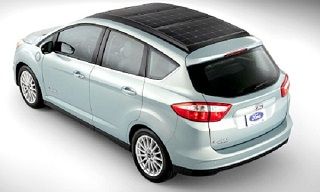
On a sunny day and under optimum driving conditions, I’m guessing drivers may get two or three extra kilowatt-hours, sufficient to drive another 10 – 15 miles. Not too bad.
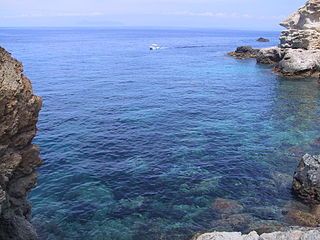
The oceans hold several different types of energy that, in turn, holds the interest of scientists everywhere: (more…)
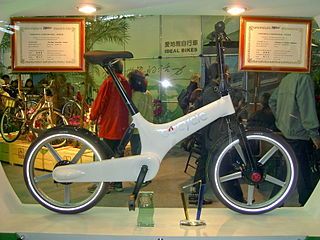
Not to sound cavalier, but the only concepts in automotive engineering that really mean anything are those related to breaking the relationship with fossil fuels. (more…)
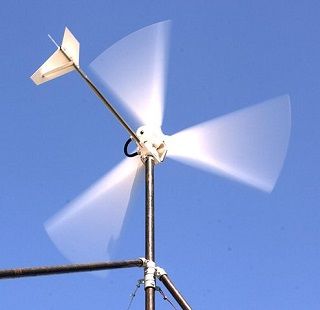
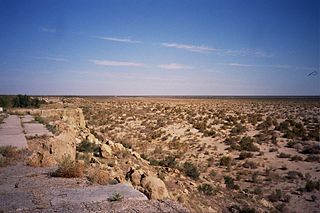
So much for the bad news; the good news is this: as we entered 2014 this morning, a large and ever-growing percentage of people were wrapping their wits around this whole subject for the first time. More people each day are realizing that our status quo approach to things we used to take for granted – like energy and water – are literally unsustainable in the 21st Century. What’s more, these same people are declaring this year as “time for a change.” Welcome on board!

I responded that I actually don’t know much about it. From a quick read just now, it sounds like a great improvement over the dirtiest forms of coal. The claim is that the presence of water in CWSF reduces harmful emissions into the atmosphere.
I suppose this could facilitate the trapping of heavy metals and certain other noxious byproducts. But it isn’t possible that CWSF results in less CO2 emitted; the power output is the result of burning a hydrocarbon, and the carbon has to go somewhere; it doesn’t just disappear. Obviously, the world will be a better place when we knock off the burning of fossil fuels to produce our energy.
If anyone knows more about this, I’d be delighted to hear it.